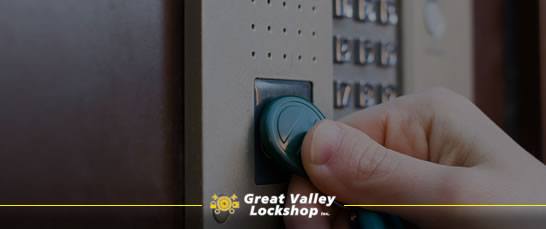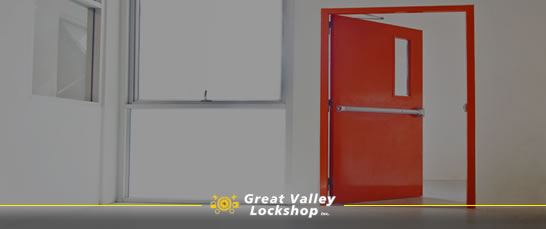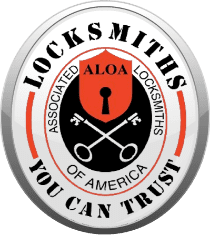
Proximity Readers and Access Control Systems
Technology now enables people to gain access to their businesses and homes without ever sticking a key into a lock. Access control systems working with proximity readers use key fobs and access cards that unlock doors with just a swipe or a touch. They are more secure than the conventional lock and key and much more reliable than having to use a digital keypad to type in a code.
Codes can be easily forgotten and the keys are difficult to manage and stop working properly over time. In fact, many companies and homeowners as well are switching from conventional lock and key locking systems to proximity readers and access control. Proximity credentials, such as key fobs and access cards offer a greater level of convenience and security that is reliable, time after time.
How Proximity Reader Systems Work
Proximity credentials use programmed, one-factor authentication. As the name implies, when the access card or key fob is within close proximity to the access device reader, the system unlocks the door or gate to allow entry only for those who are authorized.
Each credential device has a personal identification number and the access system can be programmed to limit or block entry at any time. Proximity devices will not unlock the door unless the user has been given the proper access permissions through the programmed security application.
This short video explains how proximity reader systems work with access cards.
Access Cards
Contactless cards contain a magnetic strip on the card which carries a unique code for each user. When an individual places the card near the proximity reader or gets close to the reader, the system will unlock the door or gate. It can even work when the card is inside a pocket, wallet, or purse, without taking it out.
Key Fobs
Similar to keyless devices for cars that are used regularly these days, a key fob is a keyless remote device that allows entry into a building or restricted area of a building. Key fobs are coin-sized security tokens, which are small enough to be kept on a key ring or in a pocket. They are used with access control systems programmed to manage entry through one automatically locked door or throughout an entire facility.
Applications for Proximity Readers & Access Control
Proximity reader systems can be a convenient and secure solution for gated communities, apartment complexes, hotels, parking garages, offices with many employees or buildings with restricted areas, such as a stock room, technical space, or a laboratory. Fobs and cards are used widely to grant access to gym clients, neighborhood members with a shared pool facility, and students on campus, for example.
Advantages of Using Proximity Reader Systems
There are five main advantages to using proximity reader devices: increased security, access records, selective entry, the ability to program customized special features and overall convenience.
Access Records
Access control systems with proximity readers automatically make a full record of who enters the building and the time of entry. This valuable information is helpful in tracking visitor data, employee attendance, the movement of staff members and the presence of people in case of an emergency.
Special Features
Key fobs and access cards are popular because they are very customizable. For example, they can be used at the company vending machine or copy machine, gym lockers, hotel supply closets, pharmaceutical stock, and medical equipment rooms.
Convenience
Key fobs and access cards eliminate the need for several keys granting employees access to the areas needed for their work without needing to keep track of multiple keys. They offer extremely customizable, secure access management. By programming the system, you can easily allow access to particular people or restrict entry during certain time periods.
Proximity credentials are also relatively inexpensive and easy to replace if they are lost, stolen, or worn out. The access system will need to be reprogrammed to block the old fob and grant access to the new one with a new key ID.
Security
For most businesses and public buildings, the extra security of the facility, sensitive information, valuable products, and equipment is more than enough to outweigh the cost of up-front investment. With proximity cards and key fobs, you can avoid the expense of prekeying the property and inconvenience of reissuing new keys to everyone each time one is lost.
Related article: Improving Security for Commercial Buildings.
Interested in a Commercial Keyless Entry System?
Ask Great Valley Lockshop for a consultation about keyless entry to see if it’s the right solution for your business. We’d be happy to answer all your questions about remote entry hardware, programming, and installation. GV Lock has years of experience designing and installing keyless and remote entry systems in Pennsylvania and beyond.








